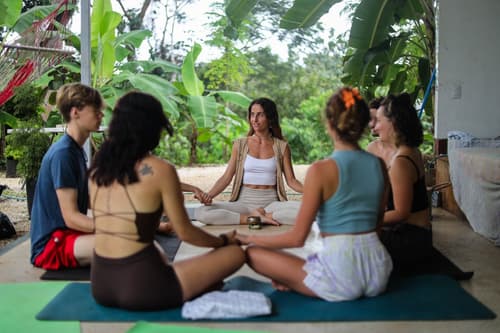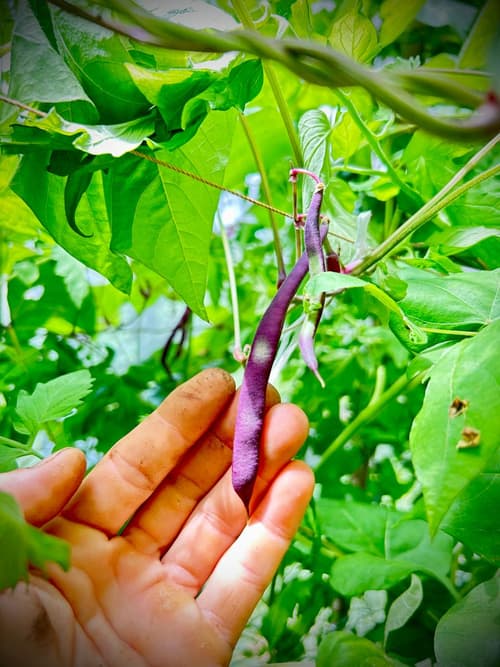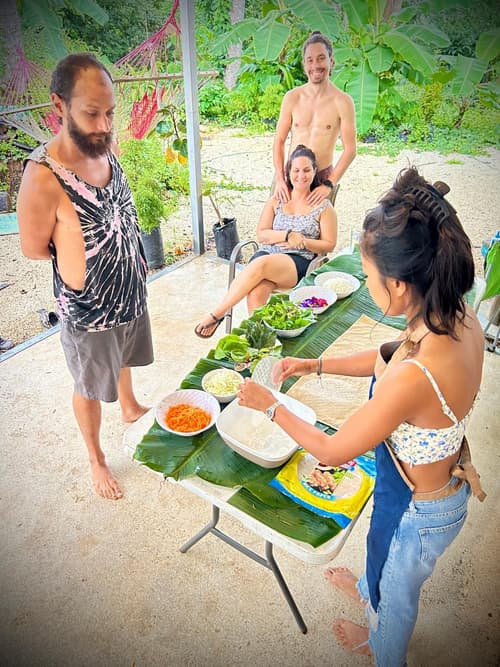Costa Rica has long been a global leader in sustainability, offering a blueprint for eco-friendly living. For young families, who want to embrace a greener lifestyle, Costa Rica provides a wealth of opportunities to live harmoniously with nature while making practical, sustainable choices. This article explores key systems and practices for achieving sustainability, including recycling, renewable energy, and living in balance with the local environment.
Costa Rica’s dedication to renewable energy is a cornerstone of its sustainability efforts.

Costa Rica encourages robust recycling practices. While urban areas often have organized waste collection systems, in rural settings, personal recycling is essential.
At Beija Flor, we are advancing sustainability by establishing a dedicated recycling center to manage all community waste—including plastics, glass, metal, and paper. Our dual vision is to repurpose materials for construction, art, or other practical uses to foster resourcefulness and creativity, while responsibly sending non-reusable items to proper recycling centers. This initiative underscores our commitment to reducing our ecological footprint and inspiring other communities to embrace environmentally conscious practices.

Constructing a sustainable home involves thoughtful design, eco-friendly materials, and energy-efficient systems.

Managing wastewater sustainably is crucial, especially in rural areas like Nosara, where centralized sewage systems may not always be available. Home self-maintenance sewage systems, such as septic tanks and greywater recycling systems, provide eco-friendly solutions for handling household waste.
Eco-Friendly: Minimizes the environmental impact of wastewater and reduces water pollution.
Cost Savings: Long-term savings on water and sewage fees.
Sustainability: Promotes responsible water use and waste management, aligning with Costa Rica’s green ethos.
Daily Habits
Community Involvement
Join local sustainability groups to share knowledge, resources, and ideas. Organizations like Fundación Neotrópica and Costa Rica USA Foundation for Cooperation (CRUSA) support eco-friendly initiatives.
Check out our Volunteering program and our Green initiations

Adopting a sustainable lifestyle in Costa Rica is both a rewarding and practical choice. By investing in renewable energy, efficient water systems, and eco-friendly practices, young families can build a future in harmony with nature. Whether it’s through recycling, green building, or living alongside wildlife, sustainability is not just a goal—it’s a way of life in Costa Rica.
By choosing to live sustainably, you’re not only reducing your ecological footprint but also setting a powerful example for your children and the world. Let’s make 2025 the year of greener choices and a more balanced way of living!
Beija Flor is more than just an eco-village; it is a model for holistic and sustainable living. We encourage homeowners to build with green designs and environmentally friendly materials, fostering a lifestyle that harmonizes with nature. Rainwater harvesting systems are implemented throughout the community, allowing us to collect and utilize rainwater efficiently. Inspired by ancient techniques like those of the Maya, we have also developed systems to channel rainwater back into the ground, replenishing groundwater supplies.
Our eco-village is designed to nurture future generations with sustainable values. Our kindergarten teaches children how to grow their own food, produce fruits and vegetables, and even harvest honey. This hands-on education instills a sense of responsibility and connection to the natural world from an early age.
We also prioritize health and well-being by encouraging sports, movement, and wellness practices within the community. These activities not only promote physical health but also strengthen community bonds and contribute to a vibrant, active lifestyle.
Through the integration of sustainable waste management, water systems, eco-friendly construction, and holistic education, Beija Flor offers a unique and inspiring model for community living. It reflects our unwavering commitment to protecting the environment, fostering innovation, and building a more sustainable future for everyone.
Renewable energy in Costa Rica offers numerous advantages, including a significant reduction in greenhouse gas emissions, enhanced energy security, and reduced reliance on imported fossil fuels. With abundant natural resources like hydro, solar, and wind, the country generates clean electricity cost-effectively, promotes economic growth, and supports sustainable development while protecting its rich biodiversity.
Effective recycling in Costa Rica requires a well-organized approach that starts with segregating waste at the source. Residents are encouraged to separate recyclables—such as plastics, paper, metals, and glass—and participate in local recycling programs and community initiatives, ensuring that these materials are efficiently processed and diverted from landfills, ultimately reducing the environmental impact.
A unique blend of local and global community, where friendship, transparency, and a deep connection with nature are the foundations of life.
We’re actively creating and realizing a community-driven future. Together, we’re building a present grounded in nature and shared success.